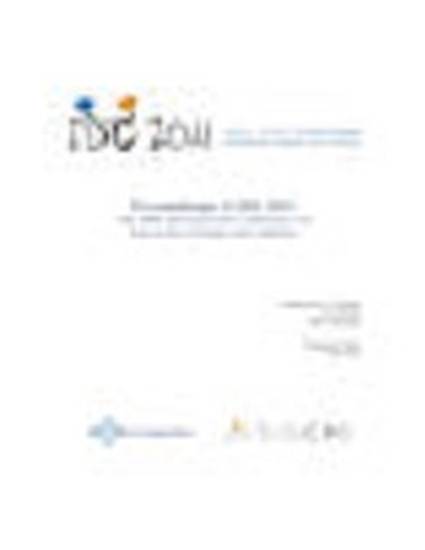
Contribution to Book
Paper Vs. Tablet Computers: A Comparative Study Using Tangible Flags
IDC '11 Proceedings of the 10th International Conference on Interaction Design and Children
(2011)
Abstract
Concurrent collaboration is a critical skill for cognitive and social development. Tangible Flags is a system designed to facilitate collaboration and exploration, and bridge the gap between the physical and the digital. The system enables children to tag an item of interest in the real world with a flag, scan the flag, and create a corresponding digital artifact on a tablet computer. Another child can see the flag and its context, scan it, and view and modify the digital artifact in a form of collaboration. This paper describes a study that compares two Tangible Flag systems; a paper system and a tablet computer system. The study identifies several collaborative advantages of using the technology-based system, including increased awareness, more shared experiences, and longer time participating in activities.
Keywords
- children,
- tangible interfaces,
- tagging,
- collaboration,
- Cooperative Inquiry,
- design
Disciplines
Publication Date
2011
Editor
Tom Moher, Chris Quintana, and Sara Price
Publisher
Association for Computing Machinery
ISBN
9781450307512
DOI
10.1145/1999030.1999034
Citation Information
Gene Chipman, Jerry Alan Fails, Allison Druin and Mona Leigh Guha. "Paper Vs. Tablet Computers: A Comparative Study Using Tangible Flags" New YorkIDC '11 Proceedings of the 10th International Conference on Interaction Design and Children (2011) p. 29 - 36 Available at: http://works.bepress.com/jerry-fails/14/
